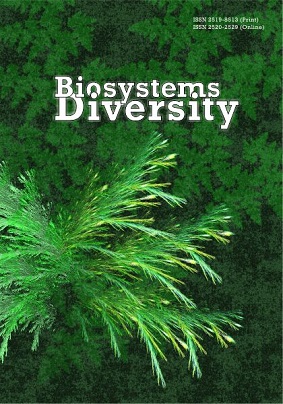Changes in the viability of the eggs of Ascaris suum under the influence of flavourings and source materials approved for use in and on foods
Changes in the viability of the eggs of Ascaris suum under the influence of flavourings and source materials approved for use in and on foods
Author(s): V. V. Brygadyrenko, A. A. BoykoSubject(s): Sociobiology
Published by: Дніпропетровський національний університет імені Олеся Гончара
Keywords: nematodes; antiparasitic activity; flavouring agents; cinnamaldehyde; benzoic acid; methylparaben;
Summary/Abstract: One of the most common parasitic diseases of pigs globally is ascariasis. It is caused by the nematode Ascaris suum Goeze, 1782 (Nematoda, Ascaridata), which parasitises the small intestine of pigs in its mature form and the respiratory system at the larval stage. This helminthiasis causes immense damage to swine-rearing. Control of the ascariasis pathogen in the host’s organism and in the environment is essential for the health of the animals and successful swine rearing. The results of studying the effect of flavourings and source materials approved for use in and on foods – cinnamaldehyde (0656 Codex Alimentarius), benzoic acid (Е210 Codex Alimentarius) and methylparaben (Е218 Codex Alimentarius) on the viability of invasive eggs of A. suum are useful for determining the minimum concentration of solution of these substances for use against eggs of A. suum (10 g/l). The lowest efficiency against invasive eggs of A. suum was obtained for methylparaben (LD50 = 3850 ± 2130 mg/l), the highest was obtained with cinnamaldehyde (LD50 = 2437 ± 864 mg/l), and benzoic acid (LD50 = 1240 ± 680 mg/l).
Journal: Biosystems Diversity
- Issue Year: 25/2017
- Issue No: 2
- Page Range: 162-166
- Page Count: 5
- Language: English

